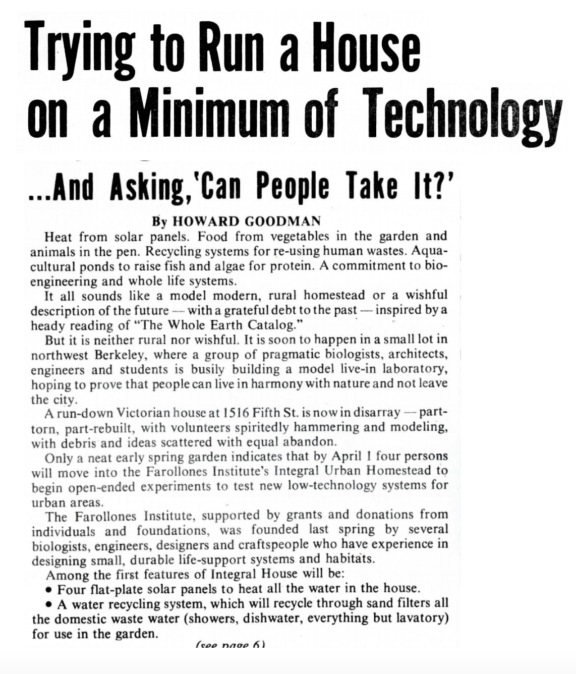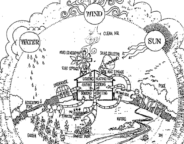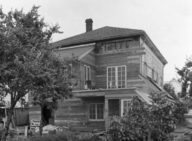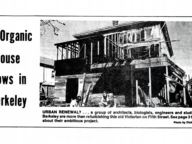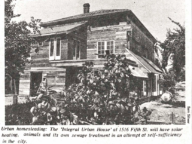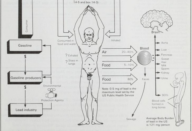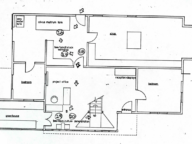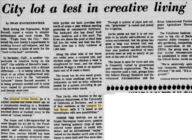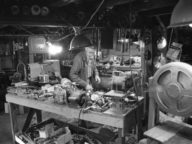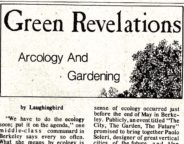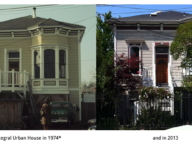This article from the Daily Californian reports on the Integral Urban House as it began to “grow” from a formerly-derelict home in West Berkeley. At this point, the house was in its early stages of reconstruction and many were uncertain how its future would turn out. This ambiguity manifests in the way the article reports on the house.
Perhaps because of its affiliation with the university, the newspaper takes a more conservative perspective towards the house. The article looks at it with an air of skepticism; the second headline on page 3 describes it as “trying to run a house on a minimum of technology.” Anyone at the house would tell you that the technologies they use are very advanced and require a strong knowledge of biological processes to understand. While they are not “high tech” the way an automobile or a personal computer are, they still operate with complex systems of energy flows and ecology.
That skeptical air is still maintained towards the end of the article. The author reports that the solar water heating system costs $700 or $800 alone, without the cost of labor factored in. Some of the house’s planners are cited saying, “But there is no real way to measure systems’ costs or savings until people have used them over a period of time.”
In this way, the author relies on the lens of financial cost and benefit to understand the house. Of course, the costs are crucial points of the house’s operation, but the article does not consider the other benefits the house could bring, in terms of well-being and ecology. This perspective sheds light on the fact that the house is so new, nobody knows how to begin characterizing it.
